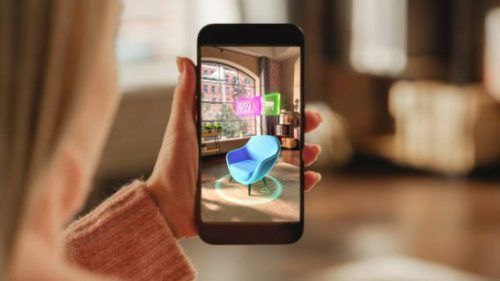AR framework

AR framework
Cogninn has leveraged the funding from 5G-IANA to develop an AR streaming services running over the 5G mobile networks and provide services for general smart cities, retailing and other services but with focus on infotainment services in automotive industry. To this end, Cogninn has been and still is working on an augmented reality and virtual reality (AR/VR) Mobile Edge Computing (MEC) to support beyond 5G XR services with low latency. The MEC server follows the NFV MANO architecture with several VNFs, which can deploy different AR/VR frameworks from different vendors and 3rd party developers. The MEC server is the best solution for telecom and internet content providers given that can be attached to the 5G network easily through specific interfaces. In addition to the visualization offered using MEC, scalability without the use of custom devices is valuable in the network. The NFV MANO architecture comes to provide a solution to this problem, offering scalability to existing equipment and the creation of network services without the need to purchase a proprietary device for this purpose. MEC provides low latency AR services as follows:
- Local Processing: MEC allows data to be processed closer to the end user, reducing the time it takes for data to travel between the user’s device and the server. This is crucial for AR applications, which require real-time processing to provide a seamless experience.
- Fast Response: AR applications can offload computationally intensive tasks, such as image recognition and 3D rendering, to the edge servers, resulting in faster response times and smoother interactions.
A white paper is available for further details on our MEC platform that provides also results from our trials within the 5G-IANA project.
Cogninn aims to provide the following infotainment services that can be also used in general AR type of devices such as future glasses:
- Augmented Navigation: Enhance navigation application service with AR to overlay directions and points of interest on the real-world view.
- Historical Tours: Use AR to overlay historical images and information over current views of landmarks and historical sites.
- Virtual Try-Ons: Allow customers to try on clothes, accessories, and even makeup using AR, enhancing the online shopping experience.
- Narrative Experiences: Create immersive stories where users can interact with characters and environments, making storytelling more engaging.
By integrating AR into these various domains, the infotainment industry can offer more immersive, engaging, and interactive experiences, transforming how users consume and interact with content.
You can watch our YouTube video at this Link